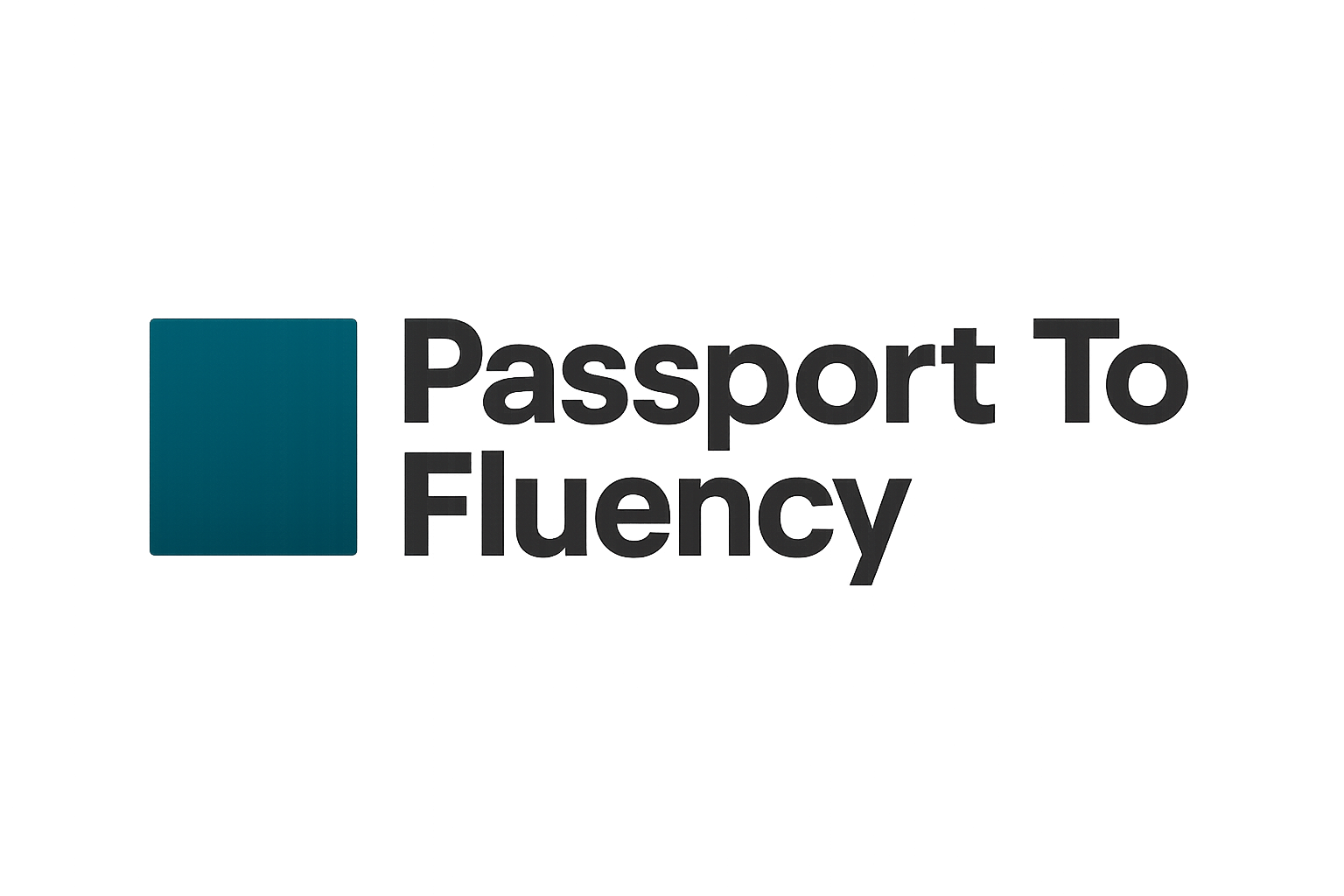The breeze smelled like fried fish and sunscreen when I strolled onto Playa Alicia in Sosúa, clutching a half-melted limoncillo paleta. A vendor in a Red Sox cap shouted, “¡Sombrillas, manito!”—umbrellas, bro!—and waved me toward a forest of blue canopies. I’d lived in the Dominican Republic nearly ten years, but my beach-rental script was rusty. Fast-forward three weeks: I was on Colombia’s Pacific edge, Nuquí, where a soft-spoken paisa asked, “¿Necesita carpa o silla, parce?” Same sun, same salt, but the soundtrack had flipped from merengue bass to marimba lullabies. Mastering both dialects turned every rented chair into a tiny language classroom, and every receipt into a victory lap for my expanding Spanish Vocabulary.
Two Shores, Two Styles: Dominican Hustle vs. Colombian Chill
Dominican beach vendors sprint toward you like outfielders chasing a fly ball. Prices start high, drop fast, and include unrequested perks: “sombrilla, dos sillas, y un coco frío.” Colombians negotiate with laminated menus and fixed tariffs: “carpa, 25 mil; silla, 5 mil.” My first day in Nuquí, I flashed my Dominican bargaining grin—“¿Cuánto, pero de verdad?”—and the vendor blinked: “Lo que dice el letrero, amigo.” No discount.
The contrast taught me to tune my Spanish Vocabulary like a radio dial. In Sosúa you ask, “¿Cuánto por la sombrilla y la mesita?” expecting wiggle room. In Nuquí it’s better to accept the posted fee and tip later: “Gracias, aquí tiene un extra.” Both approaches unlock smiles and the occasional extra cup holder.
The Gear Glossary You’ll Actually Use
| Spanish | English | Usage Tip |
|---|---|---|
| Sombrilla / Carpa | Umbrella / Canopy | DR vs. CO; “toldo” also works in Colombia. |
| Silla reclinable | Lounge chair | Add “de aluminio” if you’re picky. |
| Neverita | Cooler | DR vendors include ice; ask “con hielo.” |
| Chaleco salvavidas | Life jacket | Essential for jet-ski rentals. |
| Paseo en banana | Banana-boat ride | In Colombia, “banano.” |
| Hora adicional | Extra hour | Negotiate before time’s up. |
| Depósito | Security deposit | Common for paddleboards in CO. |
| Sombrero playero | Beach hat | Useful phrase when souvenir hunting. |
Slip these eight anchors into conversation and watch attendants nod at your carefully salted Spanish Vocabulary.
Renting in Real Time: Conversation at the Waterline
Spanish lines appear first; English follows. Dominican (DR) or Colombian (CO) noted. Bold marks regional slang.
—¡Ey, manito, esa sombrilla está muy lejos del agua. ¿Me la acercas un chin? (DR)
—Hey, bro, that umbrella is too far from the water. Can you pull it a bit closer?
—De una, jefe. Incluye dos sillas reclinables y la neverita con hielo. (DR)
—Right away, boss. It includes two loungers and the cooler with ice.
—Perfecto. Si quiero una hora adicional, ¿cuánto sube? (DR)
—Perfect. If I want an extra hour, how much more is it?
—–––
—Buenas, parce. La carpa y tres sillas salen a 30 mil, ¿cierto? (CO)
—Hi, buddy. The canopy and three chairs come to 30 thousand, right?
—Así es. Si le interesa un paseo en banana, incluye chaleco salvavidas. (CO)
—That’s right. If you’re interested in a banana-boat ride, it includes a life jacket.
—Listo. Dejo el depósito ahora y pago la diferencia al final. (CO)
—Great. I’ll leave the deposit now and pay the rest at the end.
Notice how manito and parce stamp your passport into local trust, while words like sombrilla and carpa swap seamlessly depending on shore.
Cultural Gem:
In Cartagena, saying “un tinto” nets you hot coffee on the sand; in Punta Cana you’ll get blank stares or hair-dye jokes. Need caffeine? Ask Dominicans for “un cafecito.”
Beach Hack:
Dominican vendors offer free shade repositioning—“te la muevo, manito”—but may expect a tip. Colombians charge per move if the sun creeps; confirm with “¿Incluye ajustar la carpa?”
The Hidden Economics of Beach Gear
Dominican quote strategy: Start at double, drop after each shrug. I once shaved 40 % by pairing polite skepticism with my best island slang: “Tán altos esos precios, compai.” Colombian vendors counter with package deals—add a paddleboard for half price. Saying “¿Hay combo para sombrilla y kayak?” can snag surprising bargains.
Payment essentials:
- DR: Cash reigns; card readers nap in the heat.
- CO: Cash preferred, but many accept Nequi transfers.
Phrase to memorize: “¿Aceptan transferencia o solo efectivo?” It works on any coastline, stretching your Spanish Vocabulary while stretching pesos.
Water-Sports Cautionary Tales
Jet-skiing in Sosúa, I once confused “zona de bañistas” (swimmer zone) with “zona de maniobra.” A lifeguard flagged me down, shouting, “¡Papá, alégrame el día, sal de ahí!” Meanwhile in Nuquí, I misheard “corriente de resaca” (rip current) as “corriente de repesca” (no such thing) and nearly paddled into a riptide. Both instructors forgave me—but only after an impromptu vocabulary drill on beach flags.
Color codes:
- Roja: Stay out.
- Amarilla: Caution.
- Verde: Swim freely; still, keep an eye on rum-dazed tourists floating by.
A single color noun in Spanish can save more than pride; it can save your board deposit and your board shorts.
Snacks, Showers, and the Art of Saying No
Dominican beaches overflow with vendors—alcapurria in one hand, cellphone cases in the other. Practice tactful refusals: “Estoy bien, gracias, tal vez más tarde.” Colombians respect a firm “No, muchas gracias”, but light up at “¿Tiene algo sin azúcar?” if you show dietary interest. Your Spanish Vocabulary doesn’t just get you gear; it filters unsolicited souvenirs.
Mini-Dialogue at the Snack Shack
—¿Le preparo un coco frío con ron, manito? (DR)
—Want a cold coconut with rum, bro?
—Me tienta, pero primero voy a rentar el kayak.
—I’m tempted, but first I’m renting the kayak.
—¡Regrese, que ese ron le abre el alma!
—Come back; that rum will open your soul!
Who could say no twice?
Weather Whiplash and Exit Strategy
Tropical squalls strike faster than vendors say “selfie stick.” If thunder rolls, vendors yank umbrellas like magicians pulling tablecloths. Clarify refund policy ahead: “Si llueve fuerte, ¿reembolsan la mitad?” In Colombia, you might get a voucher for another day; in the DR you’ll likely get a shrug and a rum sample.
Heads-Up:
Caribbean sunsets woo you into staying late, but transport options vanish. Ask early, “¿Hasta qué hora pasan las guaguas / chivas?” or budget for a moto-taxi sprint.
Why Beach Days Polish Pronunciation Better Than Any Classroom
Shouting “¡Pásame la tabla!” over cresting waves drills accent under pressure, while bartering for sombrillas hones haggling verbs: rebajar, incluir, durar. You’ll conjugate “¿Cuánto dura la hora?” without thinking. By sundown, verbs stick like sand between toes. Next day, rinse, repeat, refine.
After a week of alternating shores, I noticed my code-switch improving: Dominican cadence for laughter, Colombian for logistics. Friends said my Spanish sounded like a merengue intro followed by a salsa bridge—confusing but catchy. That’s eco-linguistic evolution, beach-style.
Conclusion: Rent the Chair, Keep the Words
Whether you’re fending off midday sun in Boca Chica or chasing plankton-lit waves in Capurganá, beach rentals are more than transactions—they’re tongue-workouts disguised as leisure. Flex Dominican flirt-negotiation or Colombian straight-shooting, and your Spanish Vocabulary will tan as deeply as your shoulders. So grab your next sombrilla or carpa, test a new phrase, and let me know which word scored you an upgrade—or at least an extra shot of coconut rum. Your ocean-sprayed anecdotes keep this linguistic shoreline lively.









